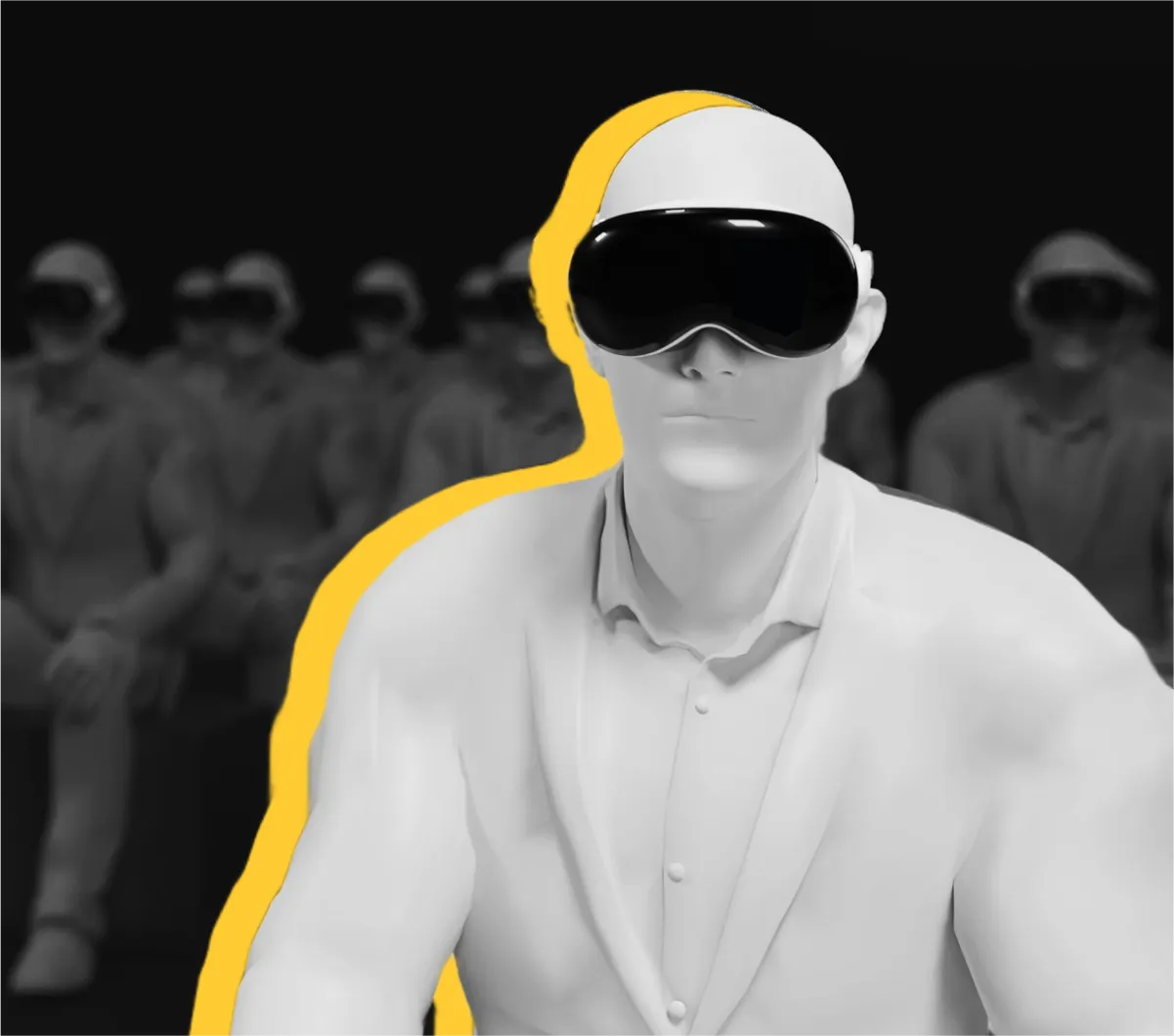VIDEO GAME DESIGNER
The main responsibility of a game designer is designing the gaming experience. He works not only on the game structure, but also on emotions the player experiences at each phase of the gameplay. In this regard, a video game designer is like a film director. Also, game designers normally manage the production as well, acting like full-fledged product managers.
Required skills: Java, Swift, JavaScript, HTML5, DirectX, WebGL, C, OpenGL, Unity 3D, C++.
QA ENGINEER
The main responsibility of QA is obviously quality assurance. A QA engineer focuses on all software development processes, improves them, and prevents the appearance of issues and problems.
A narrower specialty within QA role is a Software Tester, who checks the finished product for errors (bugs) and non-compliance with requirements, and then documents the found defects and ways to reproduce them.
Required skills: Python, Selenium WebDriver, Ruby.
DATA ENGINEER
With the advent of Big Data, the scope of Data Engineer responsibilities has changed dramatically. If earlier these experts wrote large SQL queries and distilled data with the help of specialized tools, now the requirements for data engineers include knowledge of programming languages, cloud platforms and databases.
Required skills: SQL, Python, Amazon Web Services, Java/Scala.
CRM PROJECT MANAGER
Customer relationship management means maintaining systems of user data, designing software solutions to collect useful metrics and adjusting the overall work of a CRM system. They can also work on improving customer experience, optimizing sales or developing tools for customer support and sales teams.
Required skills: SAP, Enterprise resource planning, Salesforce, SharePoint.
INTEGRATION ENGINEER
We live in an era of smartphones and the internet of things. Someone needs to integrate all this software. Software Integration Engineers (or Embedded Systems Developers) use coding to program various types of consumer electronics, smart home systems, interfaces and data exchange protocols.
Required skills: Java, C, C++, Assembly.
SECURITY ENGINEER ENGINEER
As a security engineer, you’ll be responsible for keeping the company’s security systems up and running. This might involve implementing and testing new security features, planning computer and network upgrades, troubleshooting, and responding to security threats.
Required skills: Ruby, Python, C, C++.
FRONT-END ENGINEER
Front-end developer is responsible for the user interface of a website or an app. It means everything the user sees and interacts with on a web page: buttons, banners, and animation. Front-end engineers work with designers, back-end developers and UX analysts.
Required skills: HTML, CSS, JavaScript.
BACK-END ENGINEER
Backend is the development of the business logic of a product (site or web application). The Back-end engineer is responsible for user interaction with internal data, which is then displayed by the front-end. Simply put, this is something that is hidden from the user’s eyes and happens outside his browser and computer.
Required skills: Perl, Scala, Go, MongoDB, Kubernetes (K8s).
FULL STACK DEVELOPER
Full Stack Developer is a specialist with knowledge and experience in both front-end and back-end development. This role is common for small companies with no frontend/backend division or for projects where frontend component doesn’t require many developers.
In a broader sense, a Full-Stack Developer is a specialist who has the capacity to build a web project from A to Z (although not at the deepest level).
Required skills: HTML, Java, C, Kubernetes, C++, Ruby, Perl, Python, Scala, Go, Docker, Jenkins, Apache Mesos, HashiCorp stack.
3D GRAPHICS DEVELOPER
A 3D graphics developer’s main responsibility is creating applications and software tools for rendering, shadowing, lighting and scenes management. 3D graphics developers collaborate with game developers in the gaming industry, and work in video production. In front-end development, they can be tasked with developing visually appealing and user-friendly interfaces.
Required skills: WebGL, OpenGL, Unity 3D, C, C++, DirectX.
3D MOBILE DEVELOPERDEVELOPER
Every mobile project (from casual game to online banking) starts with an idea. The main responsibility of a mobile developer is to understand this idea and find the ways of its proper implementation.
Mobile developers closely collaborate with UX and UI designers, while also monitoring the correct operation of the technical side.
Required skills: Java, Swift, Objective-C, iOS and Android systems.
